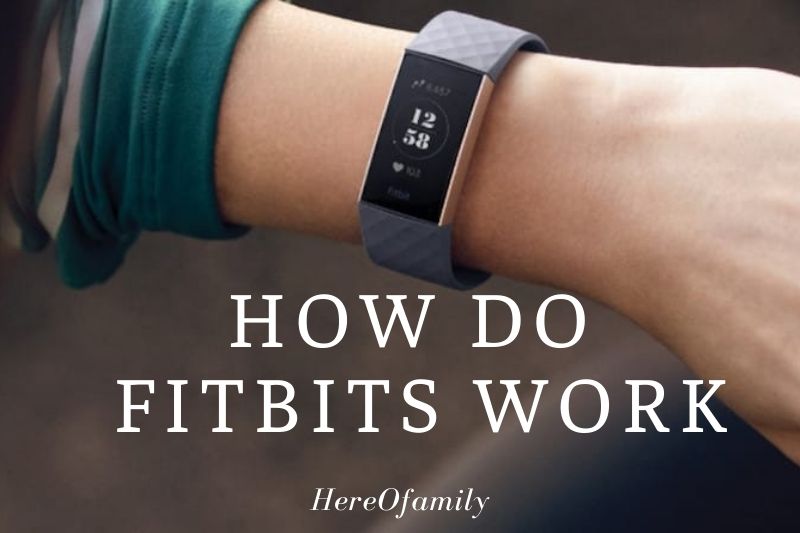- No Voice
A Fitbit is an activity tracker that is worn on the wrist. It tracks steps are taken, heart rate, and how many calories are burned.
Wondering how do Fitbits work?
It turns out their pretty complicated little devices. Here’s how Fitbits work, from the sensors that track your activity to the algorithms that interpret that data.
Contents
What Is A Fitbit?
Fitbit offers smartwatches and fitness trackers, as well as various accessories, in two major categories. The company’s most well-known products are its fitness bands, which come in three different styles: Charge, Inspire, and Ace.
The Charge is the most advanced Fitbit line (and highest priced). It comes with two bands in small and large sizes and various colors. Fitbit Pay, the company’s mobile payment service, is supported on several special-edition Charge models.
Charge fitness bands come with a touchscreen, smartphone notifications, activity and health-related data tracking, automatic workout recognition, and water resistance so you can swim with them.
The Inspire is on par with the Charge in terms of technology. It has a built-in heart rate monitor and sleep tracking. Calls, texts, and calendar reminders can all be received as notifications on the band. The Inspire range is identical to the higher-end Charge with a few minor differences.
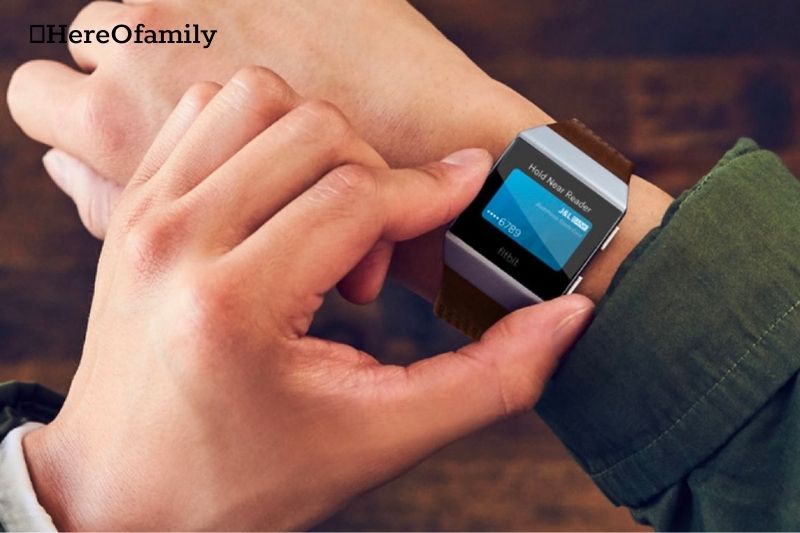
Because the Inspire bands lack the built-in GPS and altimeters included in the Charge, you’ll have to rely on your phone’s GPS and won’t be able to count the number of stairs you’ve climbed. They also lack the Charge bands’ workout intensity map feature. Aside from those advantages, construction is everything. The Charge has a longer lifespan.
Finally, the Ace fitness band is designed for children aged six and up. It’s a small device that fits onto a wristband and records steps and physical activity. When connected to a smartphone, it can also display incoming call notifications. The Ace is splash-resistant but not swim-resistant. Thus it can be worn in the shower but not in the pool.
You’ll get a lot of smartwatch capabilities with either one, and you’ll be able to interface with your phone smoothly. You’ll be able to see notifications, utilize a limited range of apps, manage your music, and even communicate with your favorite voice assistant.
Versa and Sense are Fitbit’s two smartwatch lines. Fitbit’s Versa and Sense smartwatches are the most feature-rich Fitbits on the market. You’ll find practically every sensor you might want in a fitness tracker in either model, including step counting, heart rate monitoring, stair climbing, sleep tracking, and calorie burn tracking.
The Sense range of smartwatches has a few advantages over the Versa for the most dedicated fitness enthusiasts. A few more sensors detect skin moisture, a frequent stress signal, and skin temperature. These sensors come with stress management capabilities and alerts for high and low heart rates.
Fitbit Pay is available on both the Versa and Charge models for mobile payments.
Fitbit offers an intelligent scale (Aria) that connects to the app and replaceable wristbands.
If you want to know more about the heart rate tracking function of Fitbit, see this guide: How Often Does Fitbit Track Heart Rate
How Fitbits Work and What Fitbits Do
Even though various Fitbit products accomplish different things, the fitness bands and watches track steps. Many people can identify typical exercises like running and biking, and some can even track their swimming.
You can then check your progress on the app by day or week and alter your goals accordingly. You can also see a map of your path, pace, and elevation if your Fitbit supports GPS.
You can create Exercise Shortcuts in the app or on the Fitbit.com Dashboard for workouts that aren’t immediately detected, such as yoga. You can set goals based on time, distance, or calories burned for each exercise. Then you’ll be able to start and stop your activity whenever you want.
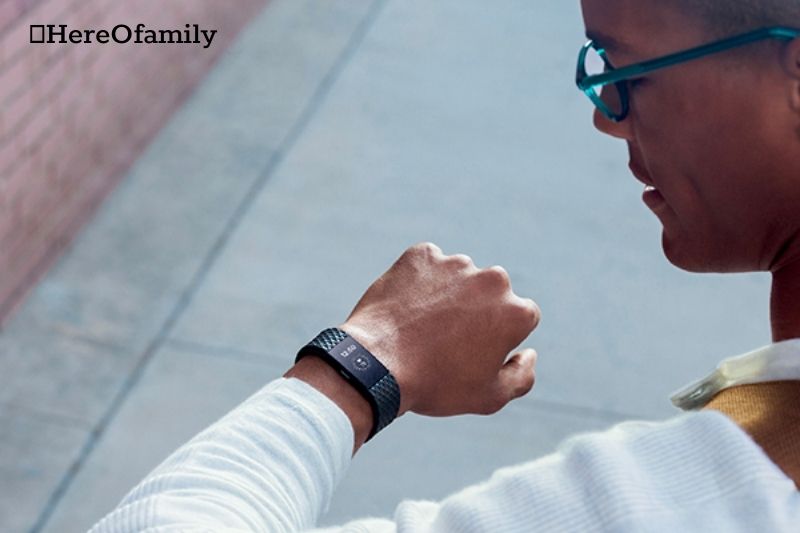
An accelerometer is used in this device to track your movements. Fitbits count your steps and monitor the distance you’ve gone, calories burnt, and sleep quality using the accelerometer, which converts movement data into digital measures.
Fitbits utilize an algorithm to detect motions that suggest a person is walking when counting steps. If you’re driving on a bumpy road, this movement could be counted as steps, so be aware of the Fitbit’s accuracy. Make sure to measure your stride and enter it in the Fitbit app and keep your weight up to date for the best results in monitoring distance and calories burned.
The altimeter on Fitbits that measure floors (flights walked up) identifies whether you’re going up or down. It registers one floor for every 10 feet you move up if you’re moving up.
How does Fitbit figure out how many calories you’ve burned?
Calories are computed based on information acquired by the Fitbit tracker and data submitted by the user. Fitbit utilizes the following method to calculate your daily calorie burn.
- Metabolic Rate at Rest (BMR)
Your BMR, or basal metabolic rate, calculates how much energy your body consumes at rest or when you’re not doing anything else like playing sports or running.
Fitbit calculates your BMR based on the personal information you supplied when creating your profile, such as your height, gender, weight, and age. Breathing rate, blood pressure, and heart rate are common factors determining a person’s BMR.
Because of this BMR data, your Fitbit app will show you burning calories even if you haven’t done any activity and have spent the entire day watching Netflix or Disney+. Your body is constantly burning calories.
Suppose you weigh yourself using an intelligent Aria Fitbit scale. Your current weight will be automatically linked to your Fitbit profile each time you weigh yourself, so you won’t have to adjust it manually if you gain or lose weight.
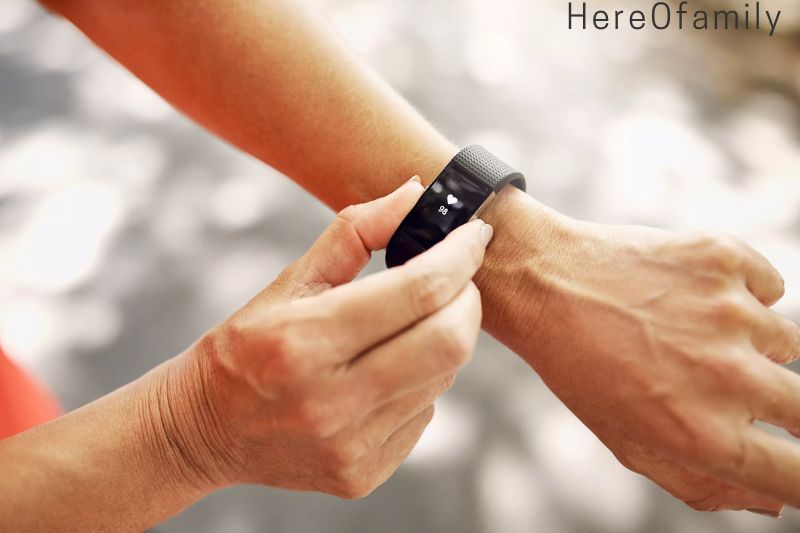
- How to Use the Calorie Counter on the Fitbit
A calorie-counting option is included in the Fitbit apps for iOS, Android, and Windows, allowing you to log food ingested during the day manually. This tool works with the calorie burned feature to show you how many calories you’re consuming against how much you’ve burned throughout the day.
Go to Discover > Health & Fitness Stats > Food > Add to Today to add Fitbit calorie counting to your app dashboard.
How a Fitbit counts your steps
A three-axis accelerometer is included in Fitbits. They can recognize when they are moving in three dimensions, such as forward and backward, side to side, and up and down. Your Fitbit can detect if you are walking (or running) or simply tapping your hand on a desk by analyzing the movement data captured.
The Fitbit utilizes sophisticated algorithms to distinguish between when you are moving on your own two feet and when you are in a vehicle or moving your arms but not your body. It eliminates moves that it believes aren’t steps, resulting in a stunningly precise step count at the end of the day.
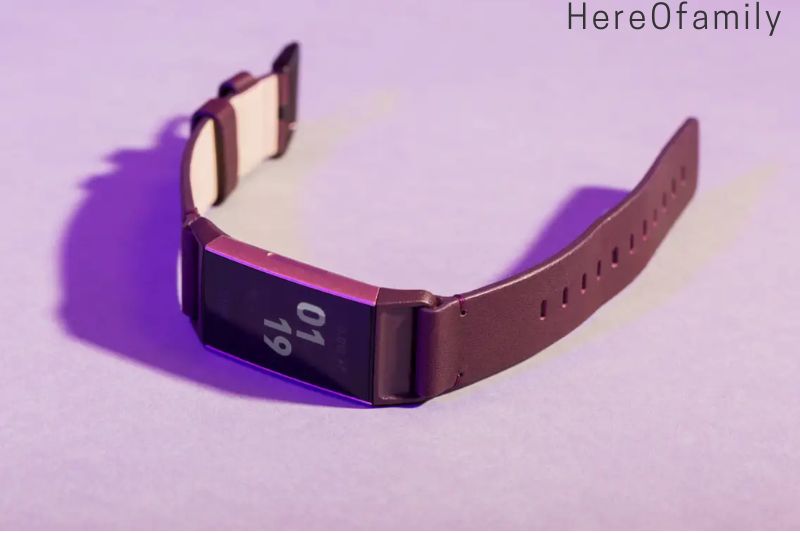
- How to Check Your Fitbit Step Count
To view how many steps you took throughout the day, press the Fitbit’s primary button on the side. You can now move between metrics by continuously pressing the side button or tapping the screen.
You can also examine your daily step log and step history by opening the associated Fitbit app on your phone or going to your dashboard on a computer. Select “Today” from the “Activities” tab, or select a date range.
How Does Fitbit Detect Sleep?
Your sleep stages would be monitored by an electroencephalogram, which monitors your brain activity if you went to a doctor for a sleep study. Other machines that track your muscle movements would also be attached to you.
While your Fitbit cannot replace seeing a sleep specialist, it can detect some of the same symptoms by monitoring your heart rate and movements while you sleep or attempt to sleep. It makes fair assumptions based on those measurements. For example, if your pulse rate is constant and you don’t move for an hour, you’re probably sleeping.
Fitbit tracks your heart rate variability (HRV) while you sleep to see if you’re transitioning between stages of sleep. The evaluations won’t be as comprehensive as those provided by a doctor, but they’ll suffice if you seek some basic information about yourself and your sleeping habits.
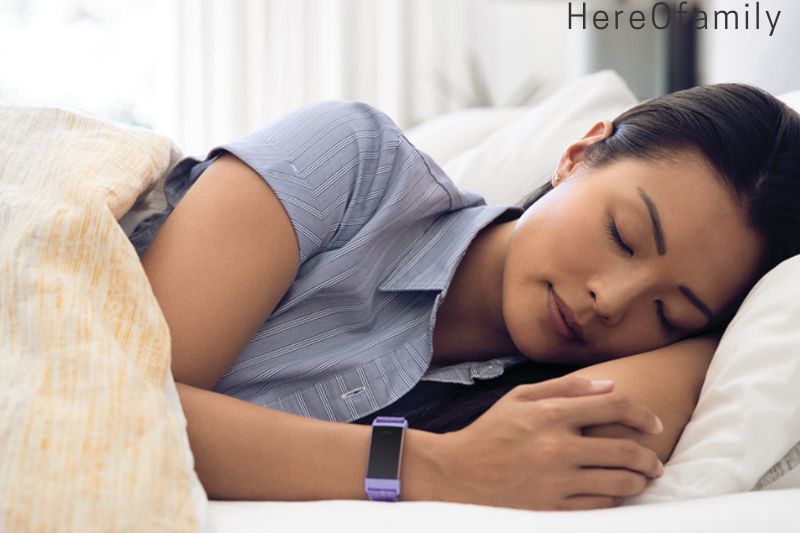
- Where Can You Find Your Readings?
Log in to the Fitbit app on your iOS or Android device and sync your Fitbit to check your sleep stats. The software you use to count your steps is also used to track your sleep. You’ll find a quick summary of your outcomes in the sleep tile.
You must have slept for at least three hours for Sleep Stages to work. It also won’t operate if you wear the tracker loosely on your wrist or if the battery is running low.
Go to the sleep dashboard by tapping the sleep time number to see your readings. You can see each stage of sleep displayed in a graph that shows how much time you spent in each stage and how close you were to meet your daily sleep target.
Scroll down to see your daily sleep stats and your weekly average sleep time. To get an hour-by-hour breakdown of how you slept and which sleep stage you were in at any one time, tap any sleep section. The 30-day average and benchmarks indicate how your sleep compares to that of others your age and gender.
- Different Sleep Patterns
Fitbit collaborated with sleep researchers and the National Sleep Foundation to identify four different patterns of sleep, which are displayed in a morning readout.
Here’s a breakdown of what each level implies, along with Fitbit’s explanation:
Awake
Many of us believe that waking up is bad news when it comes to being awake during the night. It turns out that waking up in the middle of the night is a typical component of the sleeping process. It’s usual to wake up anywhere from 10 to 30 times every night.
So, if you’re one of those folks who roll over a few times during the night or get up once or twice to use the bathroom, you’re not alone. There’s no need to be concerned.
Sleeping Light
When your body begins to slow down at night, you are experiencing light sleep. It’s when you start to fall asleep but are readily roused. The finest example is when you’re on your way to work and fall asleep on the train or in the passenger seat of a coworker’s automobile.
You may be aware of what is happening around you when in light slumber, and someone can easily rouse you up—but you are still sleeping.
Your heart rate drops slightly during this stage of sleep compared to while you’re awake. The fact that you can be easily woken doesn’t mean this isn’t a sound stage. Light sleep aids mental and physical recovery, so you may feel better after an hour of light sleep than you did before falling asleep.
Deep Rest
The type of sleep you want each night is deep slumber. You probably had a lot of deep sleep if you woke up thinking, “Gosh, that was a terrific night of sleep.” It’s more challenging to wake up from deep sleep than from a light slumber. Your muscles relax, your respiration slows, and your body becomes less receptive to stimulation.
Your heart rate is regular during this stage of sleep, and your body begins to recoup physically from the day. This stage also helps with memory and learning and supports your immune system. However, as we become older, we tend to receive less deep sleep, but this varies from person to person.
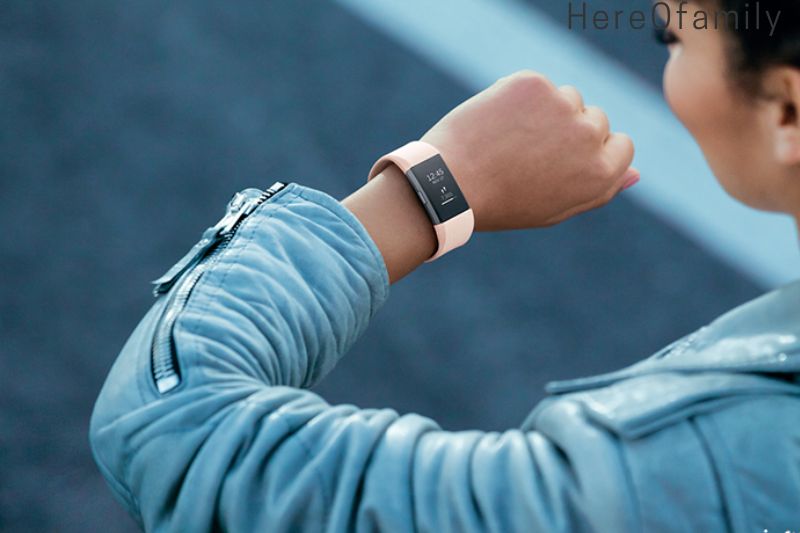
REM
You usually enter REM sleep after completing your first stage of deep sleep. During sleep cycles in the second half of the night, you stay in REM sleep for more extended periods. REM sleep causes your brain to become more active. Dreams are most common during this stage.
Your heart rate increases during REM sleep, and your eyes move fast from side to side. Muscles below the neck are usually dormant during this stage of sleep, partly to keep you from acting out what you’re dreaming about.
Learning, emotional regulation, and memory are all aided by REM sleep. Your brain also analyses what happened during the day and consolidates your memories so that they may be stored in your long-term memory during this time.
- How to Get Better at Reading
There’s no apparent method to improve your sleep readings, unlike making additional efforts to help you get fit. Throughout the week, Fitbit offers tips on enhancing your results potentially.
Limit your alcohol intake: While drinking alcohol before bed can help you sleep, it can also cause you to wake up during the night.
Create a regular bedtime and wake-up time: If sticking to a regular bedtime and wake-up time is a struggle for you, configure your Fitbit to remind you to go to bed at the same time every night and gently wake you up with a small vibration in the morning.
How Does Fitbit Calculate My Heart Rate?
Capillaries expand and contract in response to variations in blood volume when your heartbeats. The optical heart-rate sensor in your Fitbit gadget flashes its green LEDs hundreds of times per second to detect volume changes in the capillaries above your wrist and utilizes light-sensitive photodiodes to calculate your heart rate.
The instrument then estimates the number of times your heart beats each minute (BPM). The optical heart-rate sensor detects a range of 30-220 BPM.
Finding my pulse at my wrist or neck is considerably more complicated with Fitbit. My heart rate and other fascinating information, such as my heart rate zone and the duration I’ve been in it, are displayed on the Fitbit screen. I usually bounce around in different zones during an aerobics class. I’m more inclined to stay in one zone for a more extended period on a dog walk.
What Is Fitbit Pay?
Fitbit devices do not have access to third-party mobile payment services such as Apple Pay, Samsung Pay, or Google Pay since they run on a proprietary operating system. Fitbit Pay is available in over a dozen countries, including the United States, Canada, Australia, Singapore, and a few European countries, and it works with Android, iOS, and Windows phones.
You’ll also need to link your Fitbit account to a bank that accepts it; it keeps a list on its website. Fitbit Pay operates similarly to the competition at the cash register.
Smartwatches vs. Fitbits
Some smartwatches, such as the Apple Watch, Samsung Galaxy Watch, and devices that run Wear OS can do all or most of the above (formerly Android Wear). These watches are often more expensive than Fitbit fitness bands and even more expensive than Fitbit’s Ionic and Versa smartwatches.
On the other hand, the best Fitbit smartwatches feature fewer apps than Apple, Samsung, and Wear watches because they operate on the Fitbit OS. In addition, the interface appears and behaves differently than the one on your smartphone.
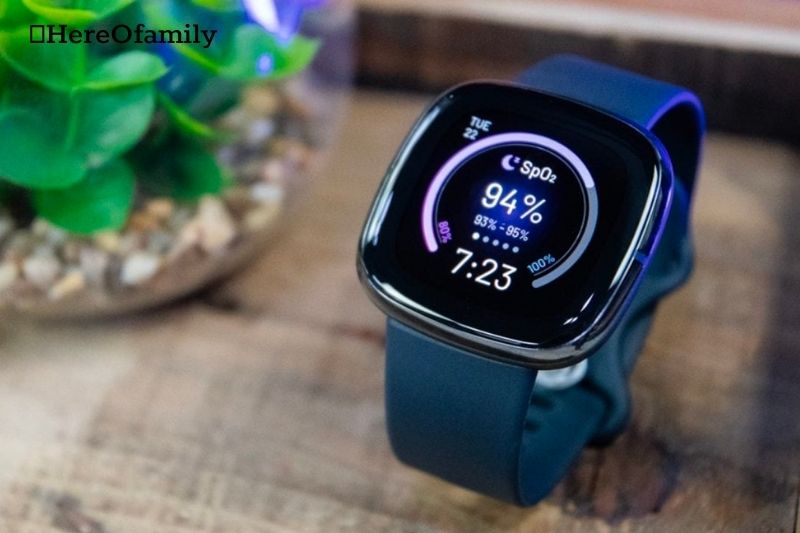
How you can interact with notifications is limited. Smartwatches with more advanced features allow you to do a lot without taking out your phone, such as responding to messages and answering phone calls (LTE models only).
Fitbit OS devices, like Wear smartwatches, are compatible with Android and iOS. These watches work with Fitbit Pay, while the others integrate with Apple Pay, Samsung Pay, and Google Pay, respectively, for mobile payments.
Compared to the big three, Fitbit smartwatches are the lower-cost entry-level product. Whether the more complex smartwatches are out of your price range, consider trying a Fitbit smartwatch to see if you like wearing one.
Read this article to know more details: Smartwatch Vs Fitness Tracker: Which Is Better For You?
How To Get The Most Out Of Your Fitbit
It’s time to get started now that you know what a Fitbit is, how it works, and how to set it up. Here are three suggestions for making the most of your fitness tracker.
Add Fitbit friends: By adding Fitbit friends to your Fitbit app, you can follow the progress of your family and friends and send them messages of encouragement when they’re getting close to achieving their objectives.
To add friends, go to the Fitbit app dashboard and tap or click the ‘+’ symbol, then tap or click ‘Add Friends.’ To add stored contacts and Facebook friends or send email invitations, follow the on-screen instructions.
You may decide what information you want to share with others by modifying your privacy settings. Competitive? The app will rate you and your contacts based on the number of steps you and your connections have taken in the last seven days; the app will rate you and your contacts.
Take on a Fitbit Challenge: Whether you create your challenge or team up with friends to achieve a common objective, a challenge is terrific for setting a goal and tracking your progress.
To compete for the most daily steps, you can design your challenges or join one of Fitbit’s pre-made ones, such as the Daily Showdown. Click Discover on the Fitbit App to see what challenges and experiences are available.
Invest in Fitbit Premium: Once you’ve explored all the Fitbit app offers, you may upgrade to Fitbit Premium to take your learning to the next level. The membership service will provide you access to new workouts and challenges and complete health and wellness reports with additional sleep features and guided programs to help you sleep better eat less and more mindfully.
FAQs
How do you lose weight with Fitbit?
To lose 1 to 2 lbs per week, determine how many calories you need. Reduce that number by 500-750 calories per day. It’s easy to log food in the Fitbit App. Keep your daily intake at a minimum.
Is it necessary to connect a Fitbit to a phone?
You must link your device to your Fitbit account via a phone, tablet, or computer before using it. When you connect your device to Fitbit, it can transport (or sync) data back and forth.
Is Fitbit capable of monitoring blood pressure?
Eligible Fitbit Sense users can begin participating in the study this month, investigating how pulse arrival time can be used to evaluate blood pressure.
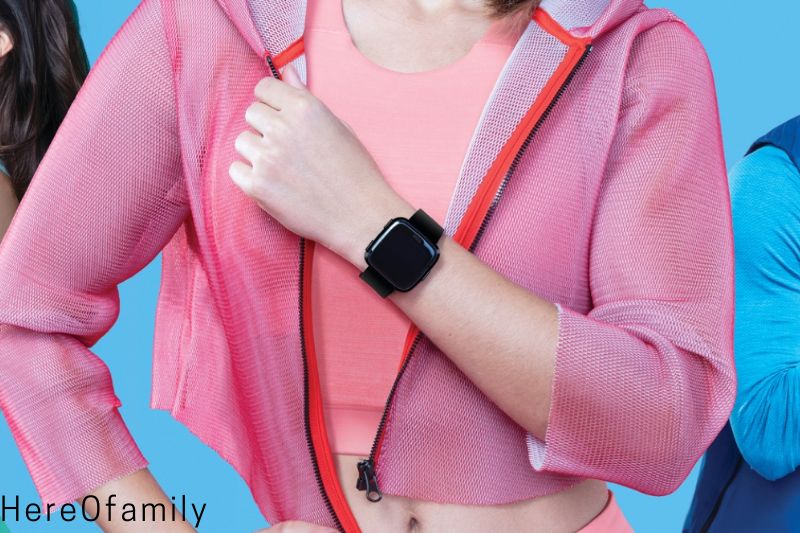
Is it necessary for Fitbit to have access to the internet?
A live internet connection is not required for devices. It will function properly even if you take it to the most remote part of the bush. The data must be synced to the Fitbit web server via the parent device, which requires an internet connection.
Is a data plan required for a Fitbit?
It only uses phone data when you sync it to the app; otherwise, it will sync every time you open the app unless your data is switched off. And, without synchronizing with your phone, the watch can keep information about your steps, workouts, sleep, and other activities for up to seven days.
Video
Conclusion
Once you know a little about setting up your Fitbit, you will get the most accurate reading possible. If you have any questions or concerns, please don’t hesitate to ask. HereOfamily‘s happy to help.
